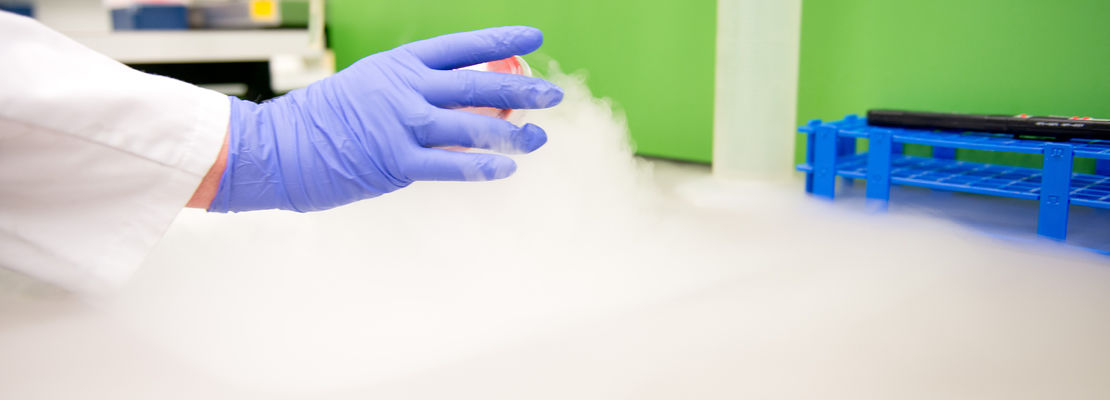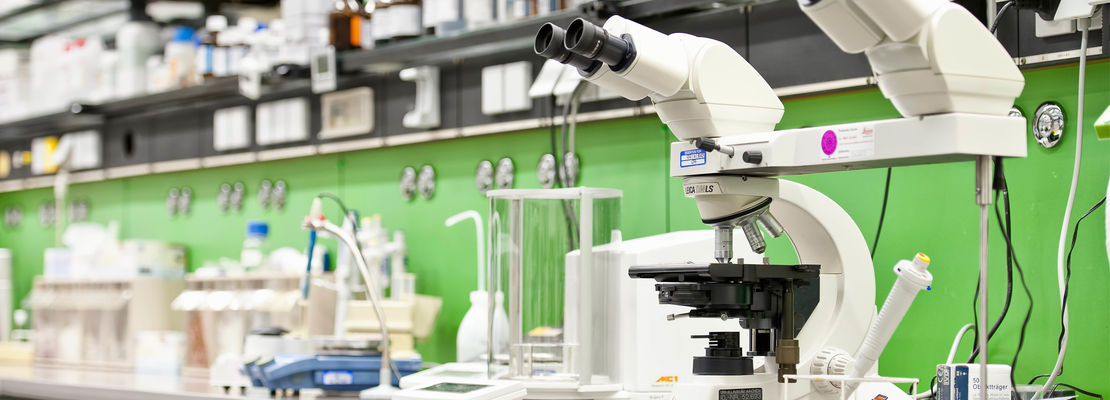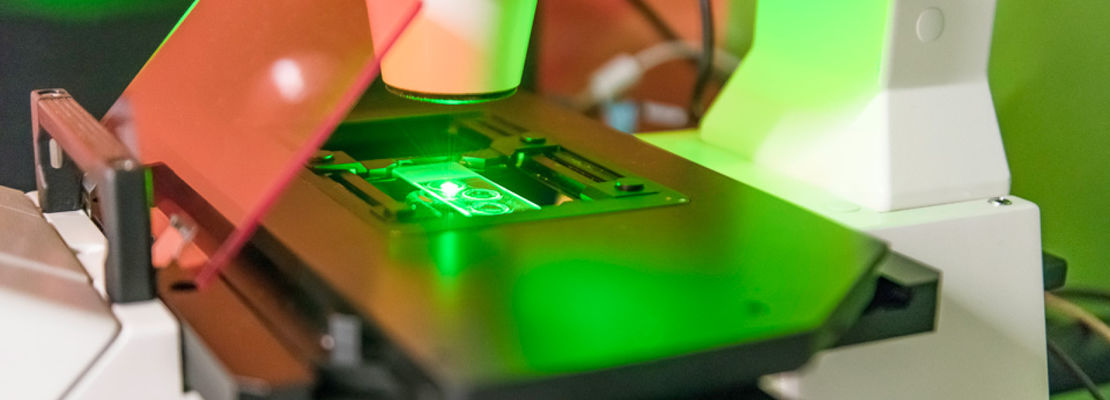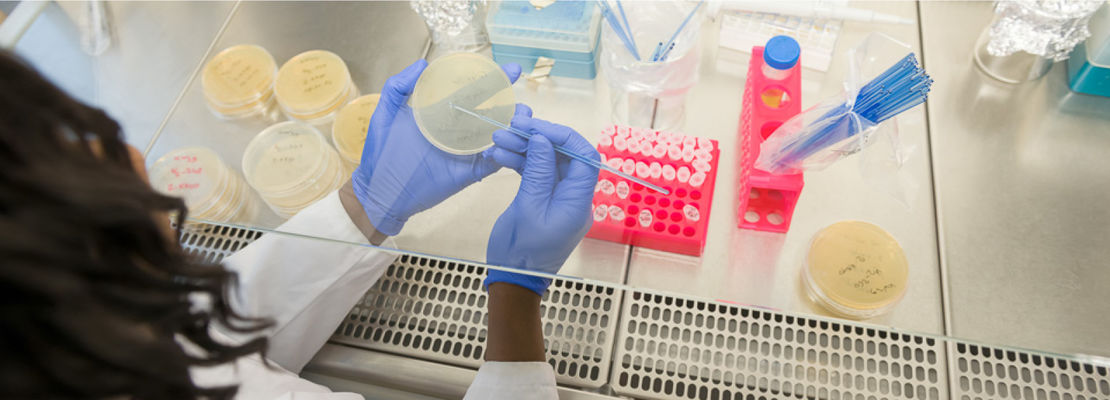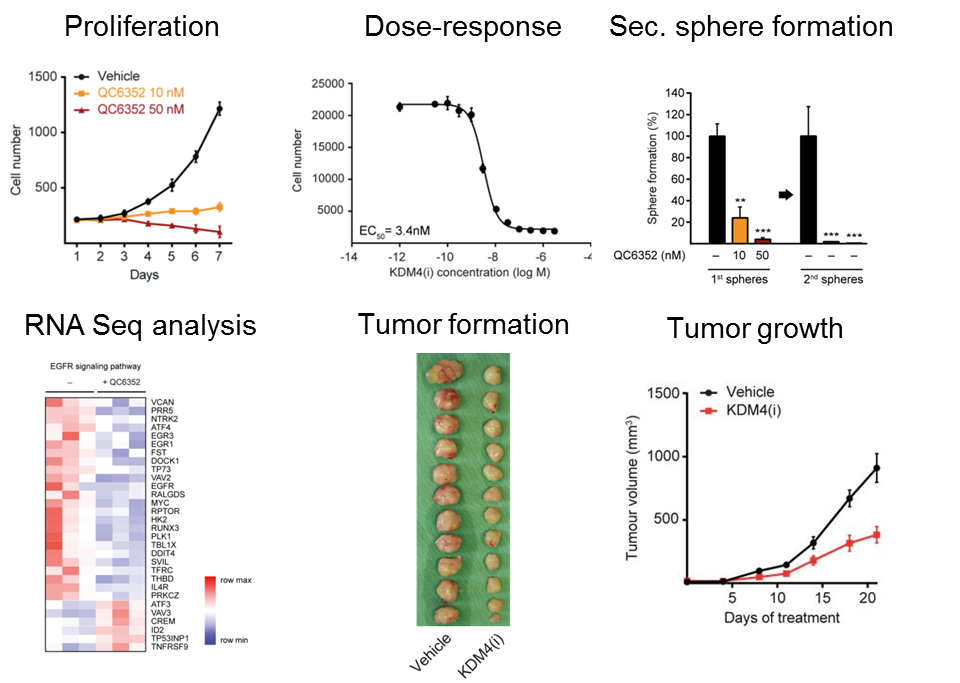KDM4 Inhibition targets BCSCs
Traditional treatments for breast cancer fail to address therapy-resistant cancer stem-like cells that have been characterized by changes in epigenetic regulators such as the lysine demethylase KDM4. We could describe an orally available, selective and potent KDM4 inhibitor (QC6352) with unique preclinical characteristics. We assessed the anti-tumor properties of QC6352 on BCSCs from individual triple-negative tumors resected from patients after neoadjuvant chemotherapy. QC6352 blocked BCSC proliferation, sphere formation and xenograft tumor formation. QC6352 also abrogated expression of EGFR which drives the growth of therapy-resistant triple-negative breast cancer cells (Metzger and Stepputtis et al, 2017). Our findings validated the unique BCSC culture system for drug screening and offer preclinical proof of concept for KDM4 inhibition as a new strategy to treat triple-negative breast cancer. We will follow up on these interesting results and try to understand the role epigenetics play in the regulation of BCSC biology.
Top row left: Representative proliferation assays over 7 days with 10nm and 50nM of QC6352 on BCSC1 (A) Data represent mean ± s.d. of 6 technical replicates, n=3. Top row middle: Dose-response analysis after 96h with 12 concentrations of QC6352 on BCSC1. Data represent mean ± s.e.m. (n=3). EC50 was calculated using nonlinear regression curve fit with variable slope. Top row right: Sphere formation assay performed in Matrigel with BCSC1 treated with vehicle, 10nM, or 50nM QC6352. Sphere numbers were assessed after 7 days. For secondary sphere formation, primary spheres were dissociated and seeded in a sphere formation assay without QC6352 present. Secondary sphere numbers were assessed after 7 days. Data represent mean + s.e.m. (n=3). ** p<0.01, *** p<0.001 by one-way ANOVA. Bottom row left: mRNA level analysis. Heat map representing the mRNA levels detected in BCSC1 cultured in presence of vehicle (-) or 50nM QC6352 for 18h. The 30 represented genes are direct target genes of KDM4A that belong to the ‘EGF receptor signaling pathway’. Bottom row middle/right: Mice bearing BCSC1 xenograft tumors were treated for 21 consecutive days with either vehicle or QC6352. Middle: Representative BCSC1 xenograft tumors isolated from individual animals after 21 days of treatment with either vehicle or QC6352. Right: Increase in tumor volume as measured by caliper over the treatment time-span. n=11 (vehicle), n=12 (QC6352). Data represent mean ± s.e.m. (B, D), mean + s.e.m. (C), *** p<0.001 by one-way ANOVA.

